Product Overview
† commercial product
Exemestane is a steroidal, irreversible aromatase inhibitor developed to lower circulating estrogen concentrations in hormone-dependent malignancies. Unlike non-steroidal third-generation agents, the molecule structurally resembles the natural substrate androstenedione and forms a permanent covalent bond to the aromatase complex, producing “suicide” inactivation of the enzyme.
This mechanism underlies its use as adjuvant, extended-adjuvant, and metastatic therapy in post-menopausal, estrogen receptor-positive breast cancer, and it has been explored for chemoprevention in high-risk cohorts. Because long-term estrogen deprivation has systemic effects, prescribers must balance oncologic benefit with metabolic, skeletal, and cardiovascular safety when selecting candidates for therapy.[1]
Following oral administration, exemestane shows rapid but variable absorption enhanced by dietary fat. Absolute bioavailability is estimated at ~42 %, with extensive first-pass CYP3A4 metabolism. Peak plasma levels are reached in 1-2 h, and exposure is roughly 40% higher when taken after a meal. Distribution is extensive (apparent Vd ≈ 20 L kg⁻¹), and ≈ 90 % is protein-bound yet readily exchanges with tissues.[2]
The parent compound undergoes primary reduction of the 17-keto group to 17β hydroexemestane and secondary oxidation at C-6; both metabolites retain aromatase inhibitory potential in vitro. Terminal elimination is biphasic with a mean half-life near 24h in healthy volunteers, extending to 29h in hepatic impairment. Renal clearance accounts for ~40 % of total excretion; unchanged drug in urine is < 1 %.[3]
Clinical development trials, including the Tamoxifen-Exemestane Adjuvant Multinational (TEAM) and Intergroup Exemestane Study (IES), demonstrated superior disease-free survival when patients switched to or initiated exemestane compared with tamoxifen alone, establishing 25 mg once daily as the standard adjuvant dose.[4]
For adjuvant or metastatic breast cancer, the recommended adult dose is 25 mg orally once daily after food. Taking the tablet with a meal enhances bioavailability by approximately 40 % without altering T_max. Therapy should continue until disease progression or for five years in the adjuvant setting.[20]
Dose adjustment is generally unnecessary in renal impairment (CrCl ≥ 15 mL min⁻¹) or mild-to-moderate hepatic dysfunction. However, Child-Pugh B/C cirrhosis increases AUC threefold; prescribers should consider closer monitoring or alternate therapy. When potent CYP3A4 inducers cannot be avoided, 50 mg once daily is advised with follow-up estradiol measurement to confirm suppression.[21]
Exemestane forms a covalent intermediate with aromatase, causing permanent loss of enzymatic activity until new protein is synthesized. The steroidal scaffold mimics androstenedione, allowing high-affinity binding within the active site. The 6-methylene group grants metabolic stability, while 1,4-diene conjugation favors irreversible Michael-type addition to a nucleophilic residue on CYP19A1, reducing estrogen production by >98% in vivo.[5]
In addition to parent-drug action, 17β-hydroexemestane (17-HE) exhibits equipotent inhibition and modest androgenic activity, which may partially offset aromatase-inhibitor-associated bone loss. Pre-clinical work shows 17-HE has an IC₅₀ for aromatase similar to the parent compound and stimulates osteoblast differentiation in murine models.[6]
Cytochrome-P450-mediated hydroxylation at C-6 yields 6-hydroxymethyl-exemestane, while aldo-keto reductase pathways produce multiple hydroxylated metabolites. These oxidized products exhibit residual anti-aromatase activity and undergo phase-II glucuronidation by UGT2B17. UGT2B17 activity varies widely between individuals and may influence steady-state exposure.[7]
Consequent estrogen suppression decreases activation of ERα-dependent transcription, lowering proliferative signaling in hormone-responsive breast-cancer cells. By eliminating peripheral conversion of adrenal androstenedione to estrone, exemestane reduces systemic estradiol below 3 pg mL⁻¹ within 24h of the first dose, reaching maximal suppression by day 7; estrogen levels remain low for 72h after discontinuation, reflecting the irreversible nature of enzyme inactivation.[8]
Use is contraindicated in individuals with known hypersensitivity to exemestane or any excipient. Tablets contain microcrystalline cellulose, crospovidone, sodium starch glycolate, colloidal silicon dioxide, and magnesium stearate; cross-reactivity with sulfonamides has not been observed but excipient review is prudent in polysensitive patients.[9]
Pregnancy is a strict contraindication. Exemestane crosses the placenta in animals and produced dose-dependent fetal resorptions, prolonged gestation, and dystocia in rats and rabbits at exposures below the recommended human dose. Women of reproductive potential must use effective contraception during treatment and for at least one month after the final dose.[10]
Because the drug’s benefit is estrogen-deprivation driven, pre-menopausal women with functional ovaries are unlikely to achieve adequate suppression and may experience a compensatory gonadotropin surge. Therapy in this group is not recommended outside clinical trials; ovarian suppression with luteinizing-hormone-releasing-hormone agonists is preferred when an aromatase inhibitor is needed.[11]
Potent CYP3A4 inducers (rifampin, phenytoin, carbamazepine, St. John’s wort) can lower exemestane AUC by >50 %, compromising estradiol suppression. When co-administration is unavoidable, doubling the daily dose to 50 mg has been shown to restore therapeutic concentrations while maintaining safety.[12]
In a crossover study, rifampin 600 mg day⁻¹ for 14 days reduced exemestane C_max by 41 % and AUC₀-∞ by 54 %. Free estradiol remained suppressed, but long-term oncologic efficacy under induction has not been validated, so prescribers should monitor disease markers closely.[13]
Conversely, strong CYP3A4 inhibitors such as ketoconazole had no clinically significant impact on pharmacokinetics. Exemestane neither inhibits nor induces major CYP isoforms, minimizing reciprocal interactions with warfarin, statins, or opioid analgesics. Nevertheless, concomitant hormone-replacement therapy or selective estrogen-receptor modulators may antagonize pharmacodynamic effects and should be avoided.[14]
Vasomotor symptoms (hot flashes, night sweats) and musculoskeletal complaints (arthralgia, myalgia) are the most frequent adverse events, occurring in 20-40 % of patients. Post-hoc analysis of the TEAM trial linked early onset of these effects with improved disease-free survival, suggesting they may serve as pharmacodynamic surrogates of estrogen suppression.[15]
Skeletal health is a major concern. In the IES bone-substudy, patients switching from tamoxifen to exemestane experienced a 2-3 % decline in lumbar-spine bone-mineral density after 12 months; hip loss followed a similar trajectory. Fracture incidence rose from 2.2 % to 3.1 % over five years, underscoring the need for baseline and periodic DEXA scans.[16]
Less common toxicities include fatigue, insomnia, mild elevations in hepatic transaminases, and gastrointestinal discomfort. A survival analysis of TEAM participants found that severe vasomotor or musculoskeletal events leading to dose interruptions occurred in < 6 % of subjects, emphasizing generally good
tolerability.[17]
Based on mechanism and animal data, exemestane may cause fetal harm. Embryo-fetal studies demonstrated increased resorptions and skeletal malformations in rats at doses equivalent to 3 mg kg⁻¹ day⁻¹. Placental transfer of radiolabeled compound resulted in similar maternal and fetal plasma concentrations, confirming direct exposure.[18]
An updated 2024 U.S. label reinforces contraindication during pregnancy and lactation, advising that inadvertent exposure warrants discussion of potential risks but not necessarily termination. Because human data are limited to incidental first-trimester use, prescribers must rely on rigorous counseling and pregnancy testing prior to initiation and periodically during therapy.[19]
Store tablets at 20-25 °C (68-77 °F). Protect from excessive moisture; keep in the original high-density-polyethylene bottle with a child-resistant closure and a desiccant sachet until dispensing.[22]
Each off-white, round, biconvex tablet is imprinted “7663” on one side and supplied in bottles of 30. Pharmacists should dispense in light-resistant containers and counsel patients to retain desiccant. Stability studies support a 36-month shelf-life when stored under recommended conditions.[23]
- Mancuso, A., et al. (2002). Exemestane, a new steroidal aromatase inhibitor of clinical relevance. Retrieved from https://www.sciencedirect.com/science/article/pii/S0925443902000960
- RxReasoner. (2023). Exemestane pharmacology. Retrieved from https://www.rxreasoner.com/substances/exemestane/pharmacology
- Food and Drug Administration. (2005). Aromasin® prescribing information (PDF). https://www.accessdata.fda.gov/drugsatfda_docs/label/2005/020753s006lbl.pdf
- Blok, E. J., et al. (2010). Adjuvant tamoxifen and exemestane in early breast cancer (TEAM): A randomized trial. The Lancet, 377, 321-331. https://www.thelancet.com/journals/lancet/article/PIIS0140-6736(10)62312-4
- Di Nardo, G., & Gilardi, G. (2014). Exemestane metabolites: Synthesis, stereochemical elucidation and biological activity. https://www.sciencedirect.com/science/article/pii/S0223523414008939
- Bhatnagar, A., et al. (2016). 17-Hydroexemestane: A potent inhibitor of CYP19 and substrate of CYP3A. Drug Metabolism & Toxicology, 5(5). https://scholarworks.harding.edu/pharmacy-facpub/1/
- Dawson, M. I., et al. (2024). In vitro cytochrome-P450-mediated metabolism of exemestane. DrugBank Article. https://go.drugbank.com/articles/A38418
- Medicine..com. (2020). Exemestane: Dosage, mechanism, half-life. https://www.medicine.com/drug/exemestane/hcp
- Food and Drug Administration. (2011). Aromasin® label highlights. https://www.accessdata.fda.gov/drugsatfda_docs/label/2011/020753s009s011s012lbl.pdf
- Drugs..com. (2025). Exemestane use during pregnancy. https://www.drugs.com/pregnancy/exemestane.html
- Wikipedia. (2025). Exemestane. https://en.wikipedia.org/wiki/Exemestane
- Drugs..com. (2025). Exemestane monograph for professionals. https://www.drugs.com/monograph/exemestane.html
- Pfizer Medical. (2023). Clinical pharmacology: rifampin interaction. https://www.pfizermedical.com/aromasin/clinical-pharmacology
- Pfizer Medical. (2023). Clinical pharmacology: ketoconazole study. https://www.pfizermedical.com/aromasin/clinical-pharmacology
- van de Velde, C. J., et al. (2019). Relationship between adverse events and efficacy of exemestane. Annals of Oncology, 30, 123-132. https://www.annalsofoncology.org/article/S0923-7534(19)37489-7/fulltext
- Eastell, R., et al. (2007). Skeletal effects of exemestane in the Intergroup Exemestane Study. The Lancet Oncology, 8, 881-889. https://www.sciencedirect.com/science/article/pii/S1470204507700037
- Coleman, R., et al. (2019). Correlation of treatment-emergent adverse events and clinical response to exemestane. Annals of Oncology. https://pergamos.lib.uoa.gr/uoa/dl/object/3157909
- Pfizer Medical. (2024). Use in specific populations (embryo-fetal risk). https://www.pfizermedical.com/patient/aromasin/population-use
- Food and Drug Administration. (2024). Safety-labeling changes: Exemestane. https://www.accessdata.fda.gov/drugsatfda_docs/label/2024/020753s025lbl.pdf
- Drugs..com. (2024). Exemestane dosage guide. https://www.drugs.com/dosage/exemestane.html
- Medlibrary..org. (2025). Exemestane package insert (hepatic impairment). https://medlibrary.org/lib/rx/meds/exemestane-9/page/4/
- Pfizer Medical. (2023). How supplied / storage. https://www.pfizermedical.com/aromasin/storage-handling
- Food and Drug Administration. (2025). Exemestane tablet (Cipla) label. https://fda.report/DailyMed/abde1ccd-0ec9-40d4-b205-fbc00f5878b9
- ScienceDirect Topics. (2024). Exemestane dosing and half-life. https://www.sciencedirect.com/topics/pharmacology-toxicology-and-pharmaceutical-science/exemestane
- Brown, K., et al. (2011). Bone density and structure in healthy postmenopausal women treated with exemestane. The Lancet Oncology, 12, 733-742. https://www.sciencedirect.com/science/article/pii/S1470204511703898
- Goss, P. E., et al. (2009). Effect of exemestane on bone mineral density in postmenopausal women at high breast-cancer risk. Cancer Research, 69(2), 5086. https://aacrjournals.org/cancerres/article/69/2_Supplement/5086/552373
- ScienceDirect Topics. (2024). Exemestane metabolites in breast-cancer cells. https://www.sciencedirect.com/topics/biochemistry-genetics-and-molecular-biology/exemestane
- Zhang, X., et al. (2024). Identification and quantification of novel metabolites of exemestane. Drug Metabolism & Disposition. https://dmd.aspetjournals.org/article/S0090-9556(24)05571-5/fulltext
- Yu, B., et al. (2017). Exemestane and 17-hydroexemestane induce UGT2B17: Implications for androgen homeostasis. The Journal of Pharmacology & Experimental Therapeutics. https://www.sciencedirect.com/science/article/pii/S0022356524195663
- ClinicalTrials..gov. (2025). Influence of exemestane on bone density (NCT00688246). https://trial.medpath.com/clinical-trial/3724da73f885364b
- Pfizer Medical. (2023). Ketoconazole interaction study. https://www.pfizermedical.com/aromasin/clinical-pharmacology
- Platt, A., et al. (2016). Exemestane potency unchanged by common polymorphisms.
- Pharmacology Research & Perspectives, 4(4). https://bpspubs.onlinelibrary.wiley.com/doi/pdf/10.1002/prp2.313
- Mauras, N., et al. (2003). Pharmacokinetics and dose finding of a potent aromatase inhibitor in men. Journal of Clinical Endocrinology & Metabolism, 88(12), 5951-5956. https://academic.oup.com/jcem/article/88/12/5951/2661508
What is the usual dosing schedule?
One 25 mg tablet by mouth daily after a meal; consistency with food improves absorption.[24]
Does the drug harm my bones?
Long-term use can lower bone mineral density by 2-3 % per year; baseline and annual DEXA scans plus calcium/vitamin D are recommended.[25]
How can I protect my skeleton while on therapy?
Weight-bearing exercise, adequate calcium (1,200 mg) and vitamin D 3 (800-1,000 IU) supplementation, and bisphosphonates when T-scores fall below -2.0 mitigate fracture risk.[26]
What is 17-hydroexemestane?
It is the active metabolite that still inhibits aromatase and may modestly support bone formation, contributing to overall efficacy.[27]
Can laboratories measure drug levels?
Yes; high-performance liquid-chromatography-mass-spectrometry methods quantify exemestane and 17-HE in plasma and urine for research or adherence assessment.[28]
Why do some people clear the drug faster?
Genetic deletion of UGT2B17, the enzyme that glucuronidates 17-HE, leads to higher active-metabolite exposure and potentially enhanced estrogen suppression.[29]
Should bone density be monitored during chemoprevention trials?
The MAP.3 trial mandated semi-annual DEXA scanning, illustrating best practice when using exemestane outside established oncology indications.[30]
Do antifungals like ketoconazole increase toxicity?
No significant pharmacokinetic effect was observed when ketoconazole was co-administered, so dose adjustment is not required.[31]
Do genetic polymorphisms change efficacy?
Common non-synonymous variants in CYP3A4 and other metabolizing enzymes did not alter potency in vitro, though clinical significance remains under study.[32]
Has exemestane been tested in men?
A controlled study in healthy males showed 25 mg daily suppressed estradiol by ~60% without serious adverse events, supporting potential off-label uses in male estrogen-dependent disorders.[33]
Disclaimer: This compounded medication is prepared under section 503A of the U.S. Federal Food, Drug, and Cosmetic Act. Safety and efficacy for this formulation have not been evaluated by the FDA. Therapy should be initiated and monitored only by qualified healthcare professionals.
503A vs 503B
- 503A pharmacies compound products for specific patients whose prescriptions are sent by their healthcare provider.
- 503B outsourcing facilities compound products on a larger scale (bulk amounts) for healthcare providers to have on hand and administer to patients in their offices.
Frequently asked questions
Our team of experts has the answers you're looking for.
A clinical pharmacist cannot recommend a specific doctor. Because we are licensed in all 50 states*, we can accept prescriptions from many licensed prescribers if the prescription is written within their scope of practice and with a valid patient-practitioner relationship.
*Licensing is subject to change.
Each injectable IV product will have the osmolarity listed on the label located on the vial.

Given the vastness and uniqueness of individualized compounded formulations, it is impossible to list every potential compound we offer. To inquire if we currently carry or can compound your prescription, please fill out the form located on our Contact page or call us at (877) 562-8577.
We source all our medications and active pharmaceutical ingredients from FDA-registered suppliers and manufacturers.

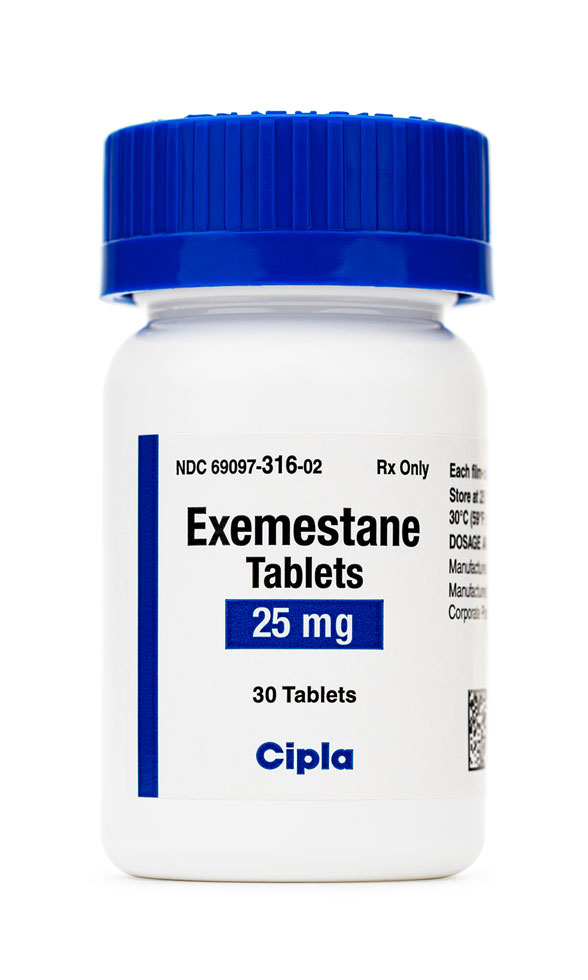
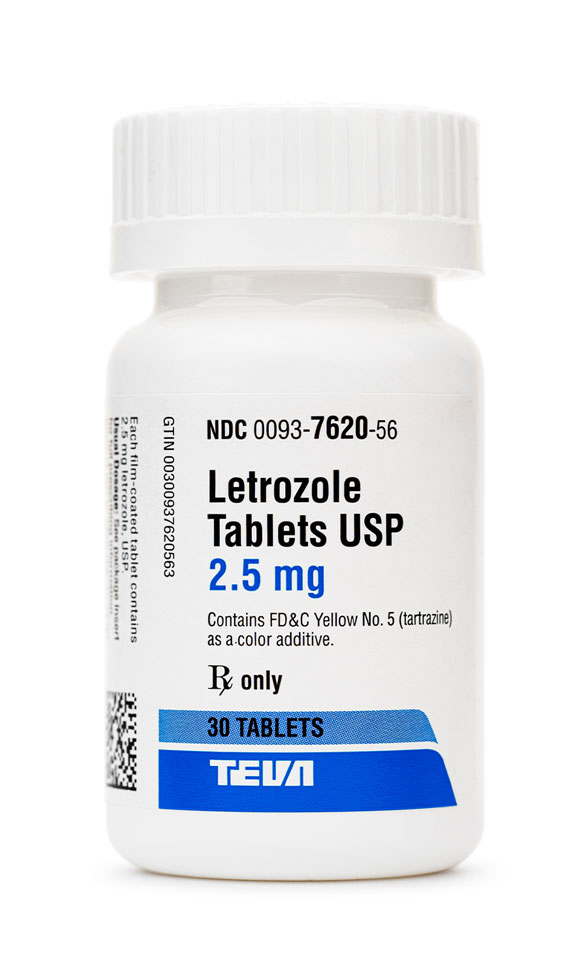 Letrozole Tablets
Letrozole Tablets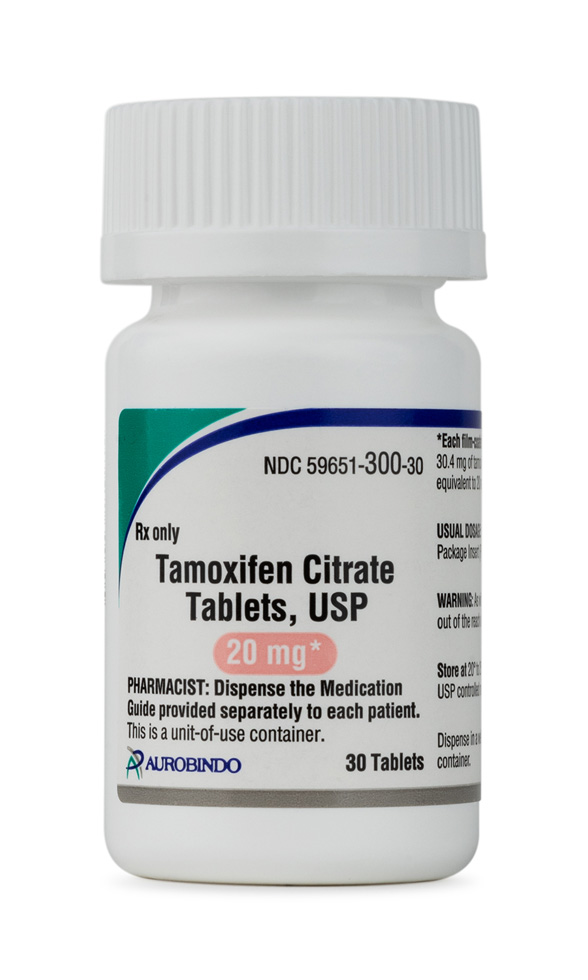 Tamoxifen Citrate Tablets
Tamoxifen Citrate Tablets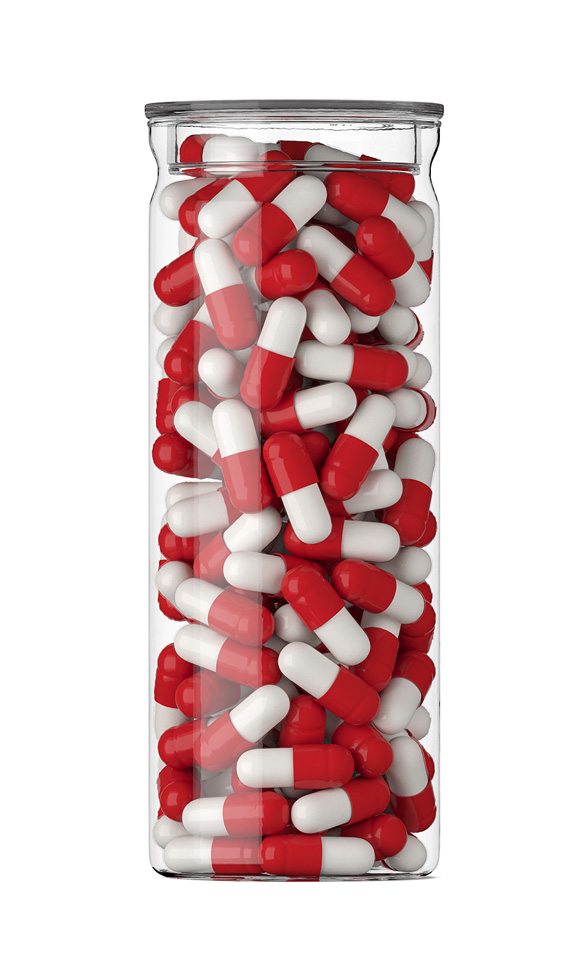 Anastrozole Capsules
Anastrozole Capsules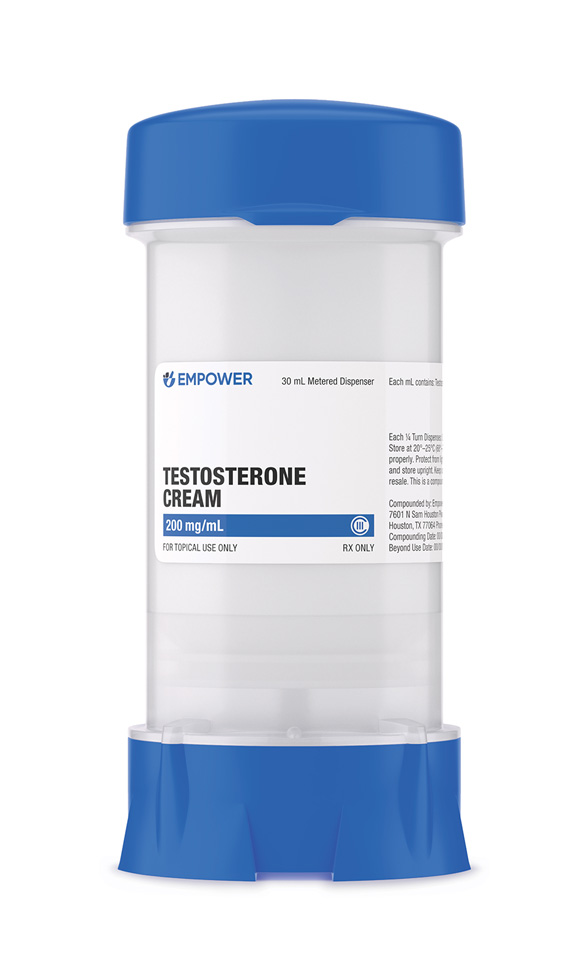 Testosterone Cream
Testosterone Cream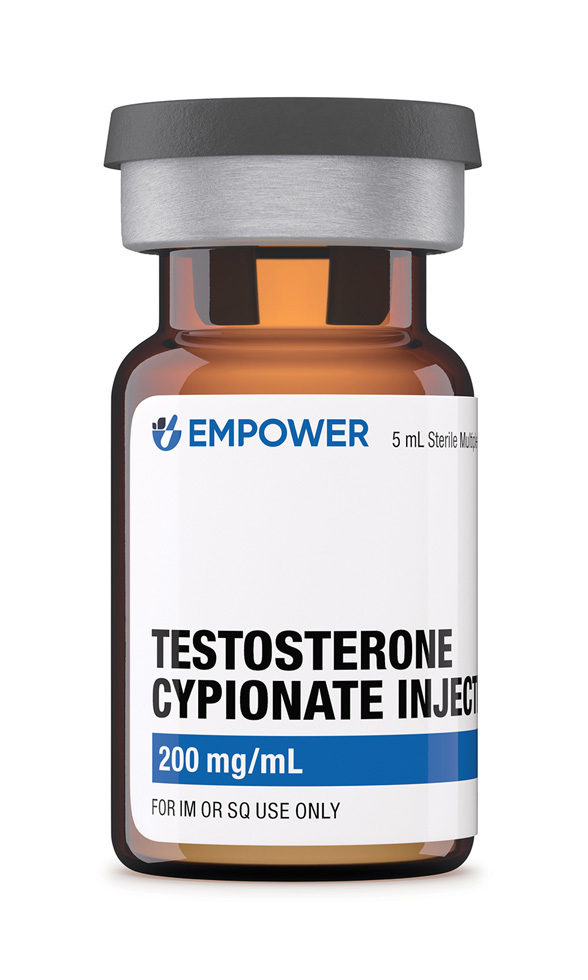 Testosterone Cypionate Injection
Testosterone Cypionate Injection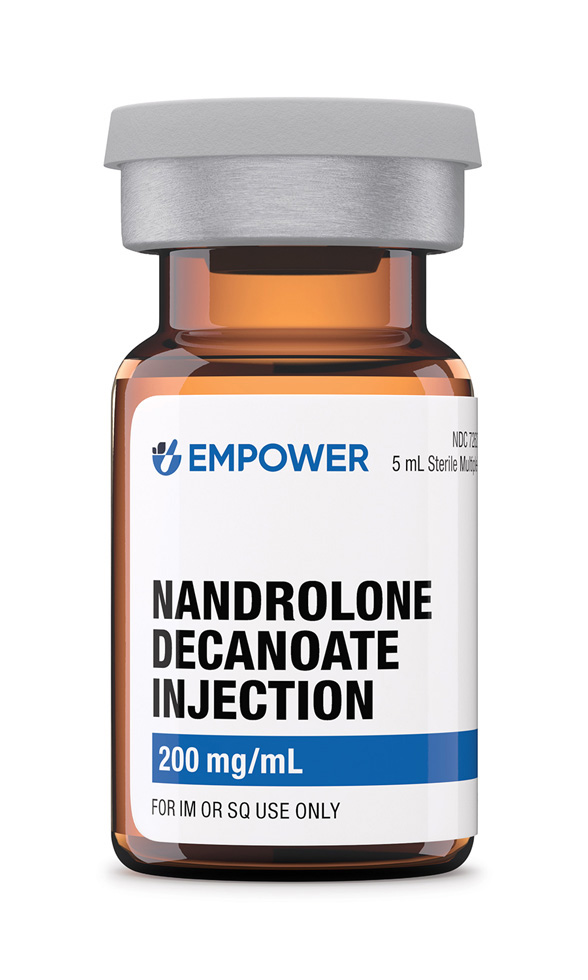 Nandrolone Decanoate Injection
Nandrolone Decanoate Injection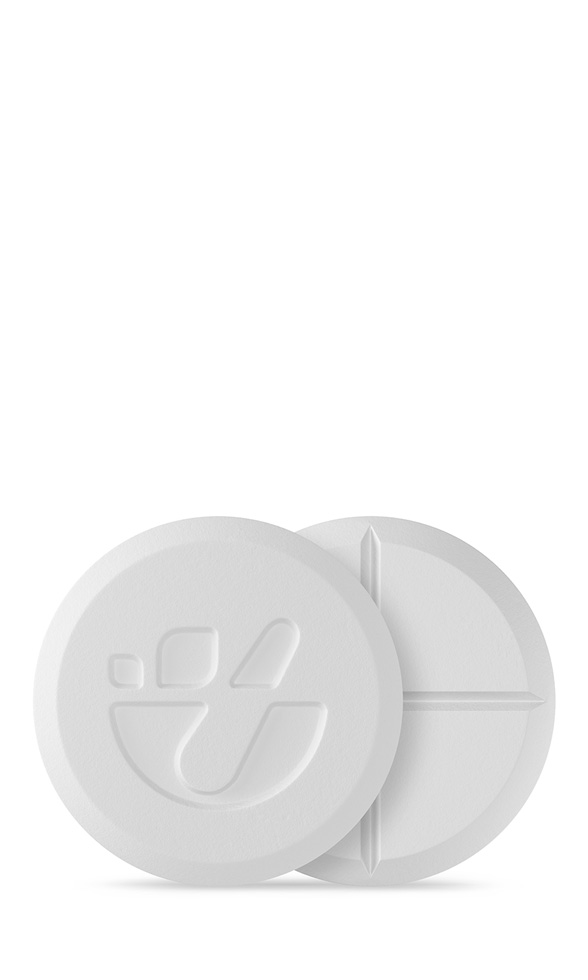 Oxandrolone Tablets
Oxandrolone Tablets